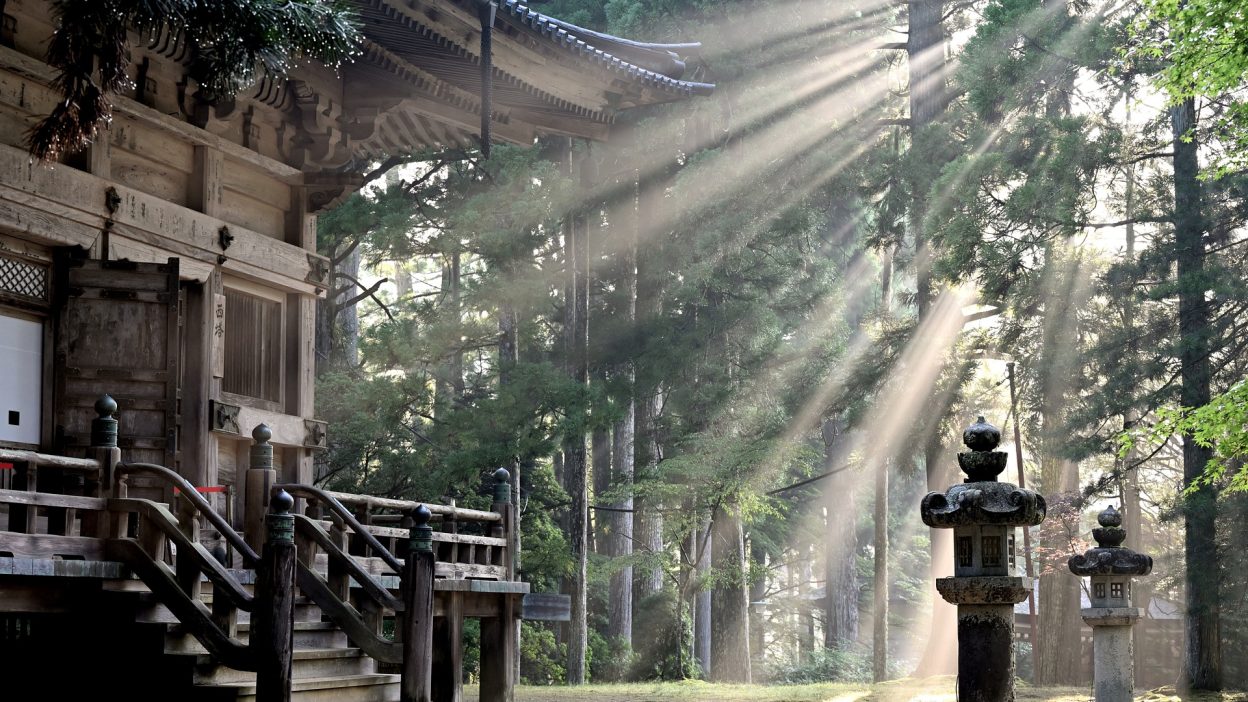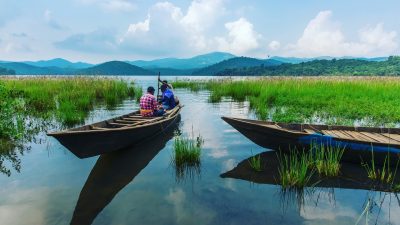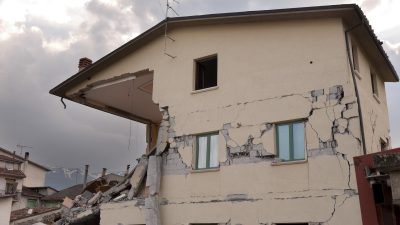The Most Destructive Typhoon in Japan’s History: Typhoon Vera 1959’s Terrible Consequences
Typhoon Vera, also known as Typhoon Isewan, struck Japan in September 1959 and is remembered as one of the most catastrophic natural disasters in the nation’s history. With winds gusting up to 165 miles per hour, the storm devastated Japan’s Pacific coastline, causing massive destruction in its wake. The typhoon made landfall near Ise Bay, a densely populated region, amplifying its impact on human lives and infrastructure.
The damage went beyond the fierce winds. Torrential rain caused severe flooding, while high storm surges further intensified the devastation. For days, the people of Japan’s coastal areas struggled to survive, enduring the full force of the typhoon. The disaster left communities in chaos, with many lives lost and the nation’s infrastructure shattered.
Typhoon Vera 1959: A Relentless Storm That Left Japan in Ruins
Typhoon Vera was more than just a powerful storm – it was a national catastrophe that forever altered Japan. It made landfall on September 26, 1959, and its destructive path stretched across the Pacific coast, leaving behind devastation in its wake. The intensity of the storm, combined with Japan’s lack of adequate infrastructure and disaster preparedness at the time, made this event one of the most destructive natural calamities in history.
The typhoon didn’t just cause physical destruction; it took an immense psychological toll on Japan’s citizens. Entire towns were flattened, leaving many with no homes or basic necessities. This tragic event left an indelible mark on the memories of the Japanese public, shaping disaster management policies for years to come.
The Horrifying Aftermath of Typhoon Vera: Thousands Dead, Millions Affected
- Casualties and Deaths: The toll of Typhoon Vera was staggering, claiming over 5,000 lives and leaving thousands more injured. The typhoon’s catastrophic impact on human life made it one of Japan’s deadliest storms.
- Injuries and Displacement: The storm displaced millions of people, forcing them to flee their homes. In total, over a million people had to abandon their homes due to flooding and destruction. Many survivors faced a lack of basic needs, making recovery efforts even more challenging.
- Economic Impact: The economic devastation was profound, with the typhoon causing widespread damage to homes, businesses, and critical infrastructure. The cost of recovery was immense, and the long-term economic repercussions would take years to overcome.
Unprepared and Caught Off Guard: The Lack of Readiness for Typhoon Vera
Despite Japan’s technological advancement, Typhoon Vera exposed major flaws in the country’s disaster preparedness. In 1959, Japan’s weather forecasting systems were still developing, and the storm’s rapid intensification and unpredictable path left little time for timely evacuations or preparations.
Authorities were unable to respond swiftly to the threat, as many regions lacked the necessary infrastructure and systems to cope with the severity of the storm. The storm’s impact highlighted the need for a robust disaster management plan and left Japan vulnerable, leading to a review of its disaster response systems.
Could Typhoon Vera Have Been Foreseen? The Debate Over Forecasting Accuracy
Typhoon Vera’s unexpected path raised doubts about Japan’s weather prediction capabilities. In the late 1950s, the nation’s weather forecasting technology was not as advanced as it is today, making the storm’s intensity difficult to predict. The typhoon strengthened rapidly, and its trajectory shifted, catching many communities off guard.
Additionally, there were concerns regarding the timing of the warnings issued by meteorological agencies. While the typhoon’s force was clear, warnings reached some areas too late to allow for effective evacuation, prompting debates about the efficiency of Japan’s disaster warning systems at the time.
The Political Repercussions: How Typhoon Vera Revealed Gaps in Government Action
In the aftermath of Typhoon Vera, the Japanese government faced considerable political scrutiny. The storm exposed several weaknesses in the country’s disaster response strategies and the coordination between local and national authorities. Many citizens were disappointed by the slow response to the crisis, which contributed to the loss of lives and prolonging the suffering of the affected communities.
The government faced criticism for failing to provide timely relief to those in need. Typhoon Vera highlighted the need for a more organised and effective disaster management system, prompting reforms in Japan’s response to future calamities.
Rebuilding a Nation: How Japan Overcame the Devastation of Typhoon Vera
Japan’s recovery from Typhoon Vera was an arduous yet remarkable process. The country embarked on a massive reconstruction effort, rebuilding homes, infrastructure, and restoring essential services. The disaster prompted the government to invest in improvements to the nation’s disaster management and early warning systems, making Japan more resilient to future natural disasters.
The rebuilding process not only restored physical infrastructure but also helped unite the Japanese people. Communities worked together to recover, and the experience became a turning point for Japan, shaping the nation’s approach to disaster preparedness and response for decades.
The Lasting Impact of Typhoon Vera: What Has Changed Since the 1959 Disaster?
Typhoon Vera’s legacy remains significant in Japan’s disaster history. It led to a national introspection on how to improve weather forecasting, emergency response, and infrastructure. The lessons learned from Typhoon Vera prompted substantial improvements in disaster management strategies, making Japan a global leader in preparedness for natural catastrophes.
However, some critics argue that the full scope of the lessons learned from Typhoon Vera has been forgotten over time. While Japan has made significant strides in building resilience, the memory of Typhoon Vera continues to serve as a reminder of the need for ongoing vigilance in the face of nature’s destructive power.
5 Short FAQs:
1. How many people died in Typhoon Vera 1959?
Over 5,000 people lost their lives during the storm, with thousands more injured or displaced.
2. What was the economic impact of Typhoon Vera?
Typhoon Vera caused severe damage to homes, businesses, and infrastructure, with the rebuilding process costing billions of yen.
3. Did Japan’s government respond quickly to Typhoon Vera?
The response was slow and inefficient, resulting in delayed relief efforts and widespread criticism.
4. How did Typhoon Vera affect Japan’s infrastructure?
The storm destroyed homes, roads, power lines, and other critical infrastructure, leaving vast areas of the country in ruins.
5. Is Typhoon Vera the most powerful storm in Japan’s history?
While it was one of the deadliest and most destructive typhoons, Japan has faced other powerful storms in its history.
References:
Typhoon Vera
Ise Bay typhoon of 1959
55th Anniversary of Typhoon Vera or the “Isewan Typhoon”
Hurricanes: Science and Society: 1959- Super Typhoon Vera
Typhoon Vera – ArcGIS StoryMaps




